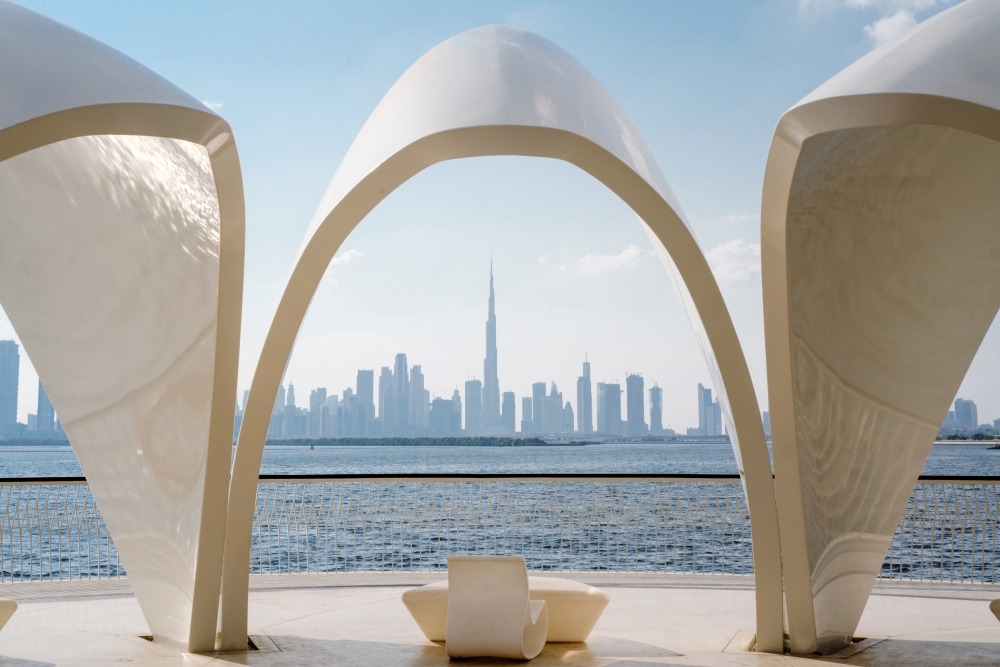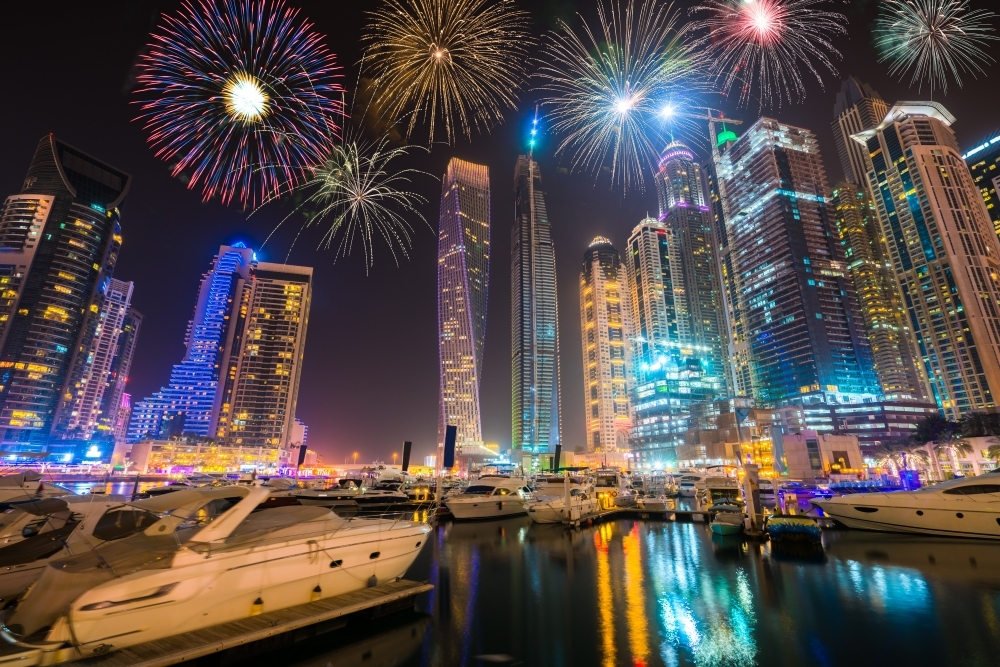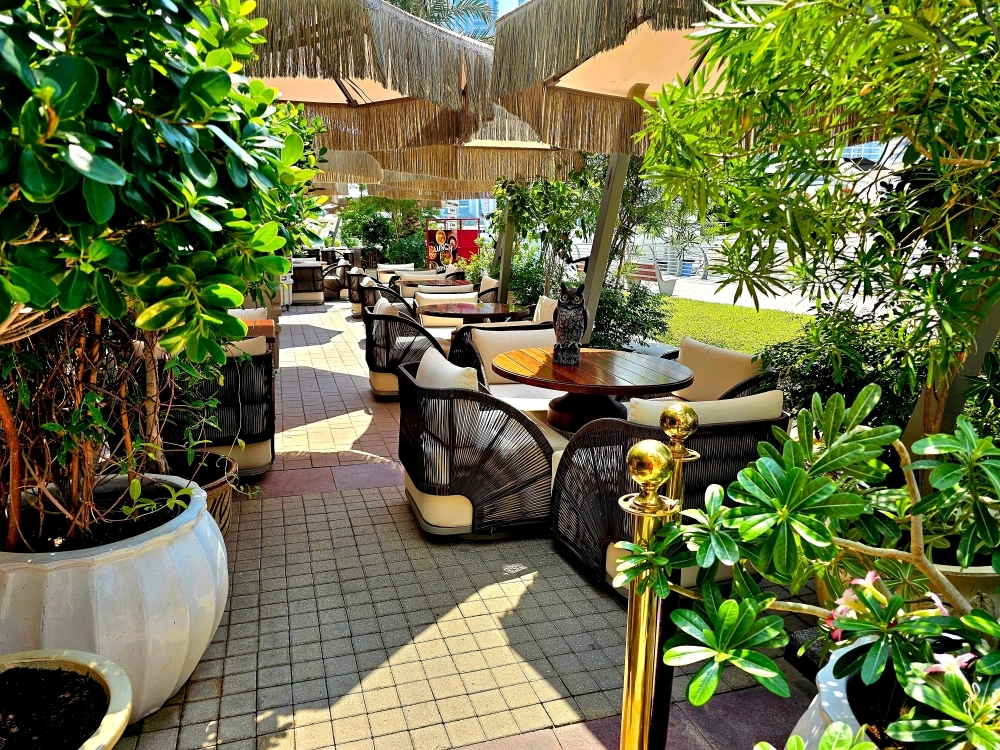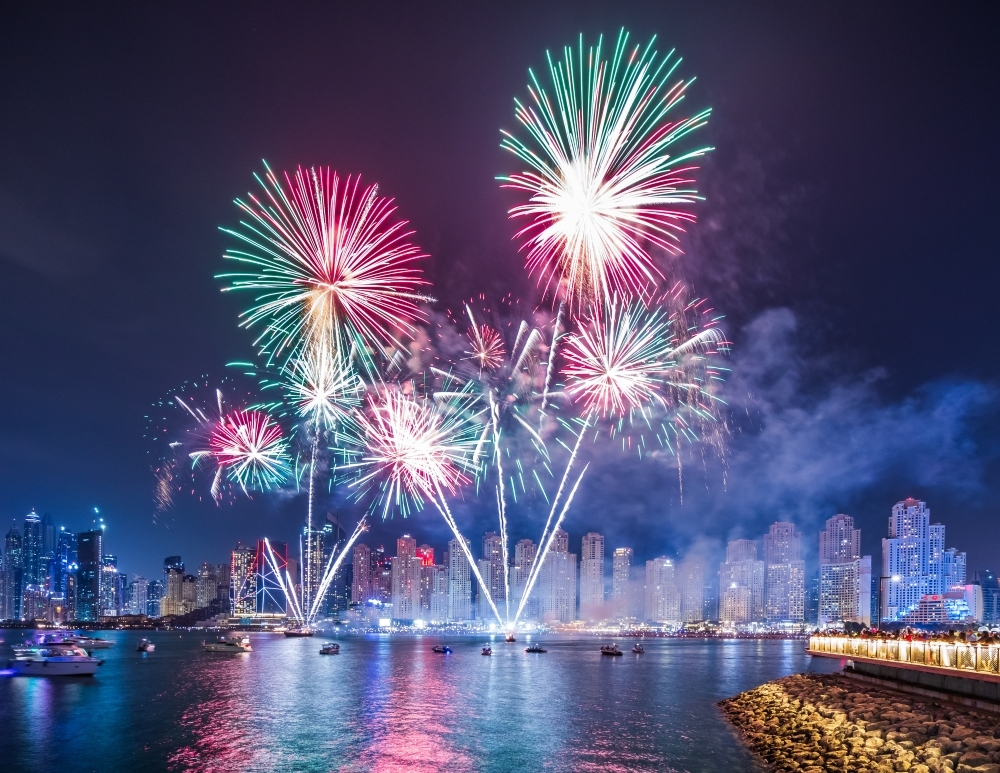Ras Al Khaimah Casino Project Explained
Ras Al Khaimah (RAK) has exploded in popularity post-Covid. Once a sleepy Emirate in the north of the country, RAK is now a major tourism destination thanks to projects such as Nobu Hotel and Residences, Al Marjan, marketed exclusively by Dubai Sotheby’s International Realty.
Off the back of this recent interest in the area, the UAE's first casino was given the go-ahead in 2024. The project will be situated in the northernmost emirate, on Al Marjan Island, and represents a collaborative effort between the developer and world-famous Wynn Resorts, who contributed $514.4 million (AED 1.88 billion) to the project so far. Seen as a test case, many close to the project have suggested that, if successful, other emirates such as Dubai and Abu Dhabi could soon follow suit.
From project details and the impact of the announcement, to controversies and what it means for the future, this is the Ras Al Khaimah casino project explained.

What is the RAK casino project?
A touch of Las Vegas will soon approach the shores of the UAE, after it was announced in 2024 that the first integrated gaming resort in the Middle East North Africa (MENA) region will open to the public in early 2027. The briefing outlined plans for a mega casino in the northern emirate, bringing to an end a historical ban on gambling in the country.
For centuries, the act of staking money on the outcome of a game, race, or any other event with an undetermined outcome has been technically illegal and has been prohibited under UAE law. However, it is thought the 2024 announcement will conclude the outright ban as the General Commercial Gaming Regulatory Authority (GCGRA) issued Wynn its first commercial land-based casino gaming licence in October.
Punters will be able to choose from a vast selection of casino games in a setting which is, incredibly, bigger than Wynn Las Vegas. Set to become a serious challenger in the global gaming world, the casino will also feature live music, special events and world-class dining to keep guests entertained.
The development marks a significant departure from tradition in RAK and is set to usher in a new era for tourism and entertainment, possibly providing a way for the emirate to compete with its wealthier neighbours in the southern emirates.
Why RAK?
Long underestimated by its richer, more well-known neighbours, Ras Al Khaimah – meaning ‘head of the tent’ in Arabic – is known throughout the UAE for its beautiful beaches and picturesque scenery. But what prompted Wynn's decision to bring a casino resort to RAK?
Quite simply, the company is hoping to mirror the success they have achieved in Macao. Since opening in 2006, their Macao project has contributed to 75% of its EBITDA and 25% of its operating margin. Despite previous gambling projects in the UAE falling flat – Bluewaters’ Caesars Palace and the QE2 cruiseliner, for example – Wynn believes the Al Marjan Island resort will be an unparalleled success story for a couple of key reasons.
RAK is just a one hour drive from Dubai, a city which serves as an excellent case study in how foreign investment can help an emirate flourish exponentially. Filled with tourists, as well as high-net-worth residents, Dubai is seen as a crucial market – for both RAK and Wynn – who will be hoping to attract excitement-seeking residents of the nearby emirate. It is also no coincidence that a third of the world’s population lives within a four-hour flight of the region.
The UAE's favourable foreign investment climate also makes Al Marjan an attractive prospect for Wynn, who will be hoping to turn the emirate into one of the premier gambling resorts in the region. Whilst construction work has been ongoing for some time, Wynn only secured their gaming license in October 2024. This headstart has placed the company in a strategically solid position in the UAE, although it is expected that competition will be forthcoming in the near future. MGM are looking into the possibility of launching in Abu Dhabi, with CEO Bill Hornbuckle stating in September 2024 that plans are in place for a resort in the country’s capital. JP Morgan have also realised the potential of the area, pointing to a considerable ROI potential in the low-20% range. Wynn will be hoping that particular forecast turns out to be correct.
Ras Al Khaimah has its own designs on becoming a more attractive prospect for potential investors and holidaymakers, and this project is seen as the first step of their economic masterplan.
Legal and economic implications
The RAK casino project is a bold move by the UAE to diversify its economy and will undoubtedly have positive implications for the emirate. The Al Marjan Resort is expected to bring thousands of tourists, creating hundreds – possibly thousands – of jobs in the short term. This will stimulate real estate development, as well as infrastructure improvements, which will positively impact residents and smaller businesses in the area. The announcement has already seen land value in the immediate area soar, a phenomenon which will, without doubt, increase as the project nears completion.
However, given the history of gambling being illegal in UAE, the project needs to be treated with a certain amount of nuance and care by its developers, who will want to approach it with the cultural sensitivity it deserves.
Introducing gambling in RAK has been a significant hurdle. However, the government appears to be moving towards a more liberal approach. No casinos exist in any other GCC country, which has added further significance and cultural substance to the announcement, although UAE wouldn’t be the first Arab country to legalise the practice, with Lebanon and Egypt both possessing casinos.
Shortly after the announcement, the UAE created an authority tasked with providing a framework for legal gambling, which may serve as an indicator as to which direction the winds of change are blowing.
What’s next?
The current climate is already attracting plenty of attention with RAK seeking to capture untapped domestic gaming demand from UAE’s expat community. There are those who believe the success of this venture is set to open the door for similar projects in other emirates, most notably Dubai and Abu Dhabi. Given the scale and cost of the project – somewhere in the region of $4 billion – local economists and commentators have suggested it simply has to succeed.
With so much happening around Al Marjan Island, there is a reasonable amount of certainty that the Wynn project could become the catalyst for a sustained period of economic growth in RAK. If the projected 5.5 million visitors by 2030 is realised, then there is no reason why this wouldn’t be the case.
Ultimately, RAK’s vision is a bold one. Global luxury tourism, once associated mostly with Dubai and Abu Dhabi, has arrived in RAK, and the north of the country appears to be on course for meaningful, long-term economic gains.



